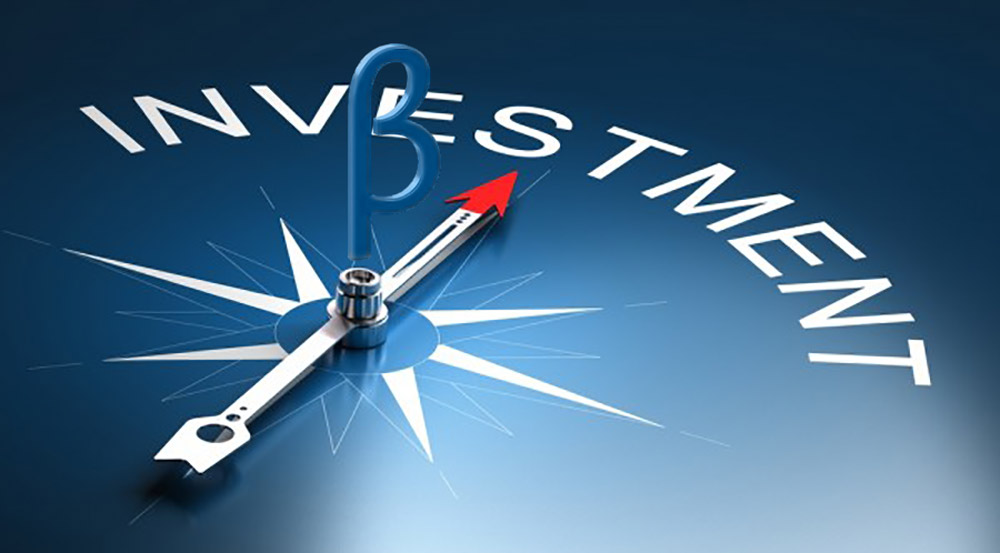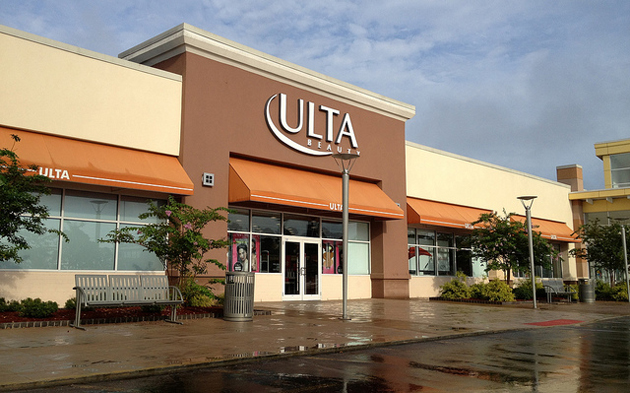by Michael Batnick, The Irrelevant Investor
It’s probably no surprise that the S&P 500 high quality index has outperformed the S&P 500. But what is surprising, to me anyway is that the S&P 500 low quality index has also outperformed the S&P 500 (as well as the high quality index!). How is this possible? It has everything to do with the structure of the index; interesting things happen once you break the link between size and weighting. For example, Boston Scientific, the largest weighting in the low quality index, is just the 188th biggest stock in the S&P 500 index.
The buyer of a traditional cap-weighted index, like the S&P 500, puts a lot of faith in the Efficient Market Hypothesis. They must firmly believe that stock prices are mostly always right and that the biggest, often times expensive companies are in fact worthy of their size. The potential problem is that sometimes the market gets it wrong and “fallen angels” can have an enormous negative impact on the index. Similarly, the smaller, often times undervalued companies will carry much less weight, meaning that even if a small stock were to double, the results on the overall performance of the index could be negligible.
This makes sense to most people; Apple is ~twenty times larger than Ebay and therefore it should have twenty times the weighting. But is size all that matters? Is there a better way to construct an index? A way that puts less faith in the size of a company and more faith in its “economic footprint?” These are the questions Rob Arnott of Research Affiliates was thinking about when he created the RAFI 1000, a fundamental index, now better known as smart beta.
Here is Arnott on their fundamental index:
“The FTSE RAFI methodology, which we use in this research, relies on four measures of the size and recent success of a company, including sales, cash flow, book value and dividends. This methodology creates a representative portfolio, weighted to mirror the look, and composition of the publicly traded economy, rather than the look and composition of the stock market.”
The index that Research Affiliates created goes back to 1962 and offers a great look at what a non-cap weighted index can and can’t do, whether or not it can outperform, and what are the costs- financial and emotional- of any outperformance.
Below are the top ten holdings in the fundamental index compared with where these companies rank in the cap-weighted index. You’ll notice that the composition does differ; some stocks are overweighted, like J.P. Morgan and Chevron, and some are underweighted, like Microsoft and Johnson & Johnson.
And in doing so, the RAFI 1000 total return index has done tremendously well, with $1 hypothetically invested in 1962 growing to $358 today (with no transaction costs** and and a 55-year holding period, of course). $1 invested in the S&P 500 total return index has grown to just $147.
I’d guess that the fundamental index light bulb really went off after the bursting of the tech bubble, after investors inflated the very biggest stocks and then had them implode, taking the market down with them. With this in mind, I’m going to dissect the returns of the RAFI 1000 and the S&P 500 into different time periods to get a better handle on where the different performance comes from.
From 1962-1973, the S&P 500 and RAFI 1000 were neck and neck (100.9% vs 106.6%).
And then value and small stocks took off, and the RAFI 1000 crushed the S&P 500 over the next decade (from ’74-’84 CRSP 6-10 returned 757% and Fama French Large Value returned 406%). In fact, this was the best ten years for the RAFI 1000 relative to the S&P 500.
From 1974-1984, the RAFI 1000 returned 337%, versus just 191% for the S&P 500.
And then over the next 15 years, until the end of the bull market in 2000, both indexes enjoyed phenomenal performance, with the S&P 500 growing 1392% versus a 1321% gain for the RAFI 1000.
And since the bursting of the tech bubble, RAFI has absolutely dominated the S&P 500 (198.6% versus 72%).
I think you can see where I’m going with this. The point is, the long-term outperformance we saw in the first chart is earned the hard way, with out- and underperformance lasting long periods of time.
Below is a table showing how often the fundamental index outperforms the cap-weighted index. Given that we’ve seen long stretches of equal or lower returns, I was surprised to see how often the RAFI 1000 outperformed; 75% of all three year periods and 83% of all five year periods is pretty impressive. What I was less surprised to see was how wide the spread was between outperformance and underperformance. And here is where many people take issue with alternative indexes. Not many investors outside of the creators of these products can stomach these negative excess returns, especially when you’re paying well above the cost of a cap weighted index. Although the RAFI 1000 bested the S&P 500 by 164% from December 1974-December 1984, it lagged by 76% from February 1990 through February 2000.
I used RAFI’s index to demonstrate some factors to consider when considering factor investing, not because it’s the best or only option, but because I don’t know of any other alternative index that goes back to 1962. I’m sure I will receive “What if you showed RAFI versus a WisdomTree portfolio, or what if you show it versus the S&P 500 equal weight index, or what about MidCap Value stocks, or what if you just replicated RAFI’s style, 67% large value, 15% mid value and 14% large growth, without paying the 39 bps?” There are endless what ifs with this stuff but for the sake of my own sanity, I chose to draw the line somewhere.
For me, these are the main takeaways.
- Smart beta can be an intelligent way to diversify your portfolio. When value is working, momentum isn’t, when quality is working, maybe low vol isn’t.
- The single most important thing to consider if you’re going to deviate from a cap weighted index is whether or not you’re able to handle inevitable periods of underperfomance.
- The absolute worst way to utilize different factors is to bail out of what’s not working and pile into what’s worked well recently.
- Pick a mix of strategies that you’re comfortable with and let them work.
**
Even when you add on 39 bps in fees, which is what the RAFI 1000 ETF charges, it still trounced the S&P 500 (net of 5 basis points in fees). $1 invested in the RAFI index grew to $284, while $1 in the S&P 500 grew to $138.
Copyright © The Irrelevant Investor

























